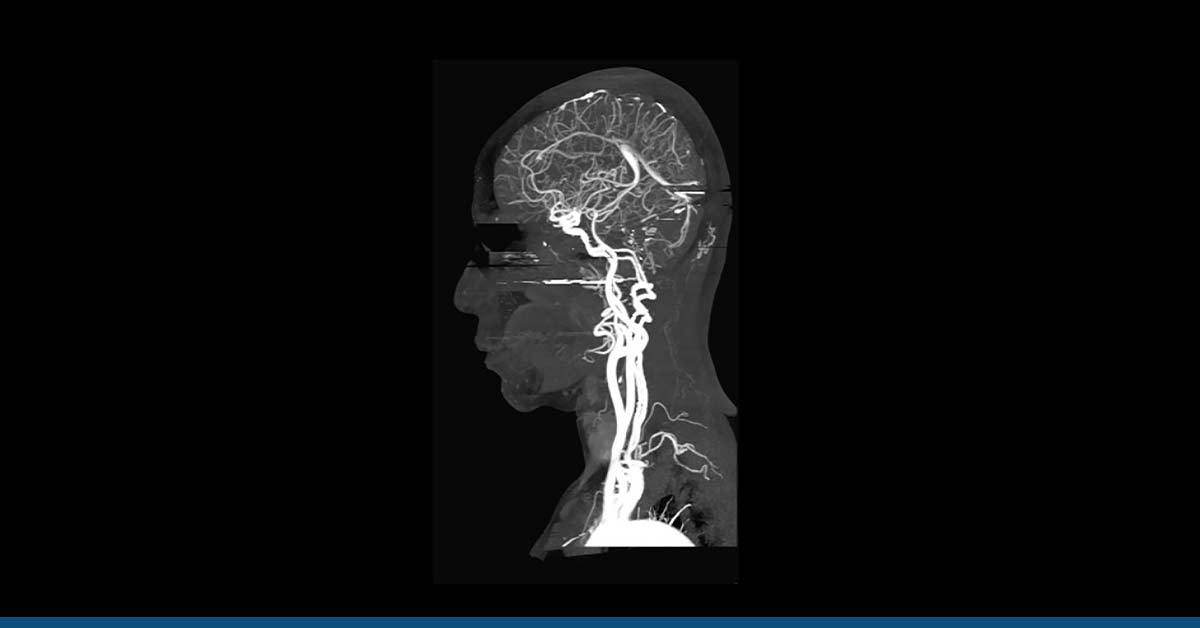Table of Contents
ToggleWhat is Coronary Microvascular Disease?
Coronary Microvascular Disease (CMD) is a condition that affects the small blood vessels in the heart.
It is characterized by a blockage or narrowing of the tiny coronary arteries that supply blood to the heart muscle. Unlike traditional coronary artery disease, which affects the larger coronary arteries, CMD affects the smaller arteries that are difficult to visualize and diagnose with traditional diagnostic tests.
This can result in chest pain, shortness of breath, and fatigue, often misdiagnosed as anxiety or other conditions.
Microvascular Heart Disease is a common cause of heart disease in women and can be associated with other conditions such as diabetes, hypertension, and high cholesterol.
It is estimated to affect approximately 20-30% of patients with chest pain and is often underdiagnosed due to the limitations of traditional diagnostic tests.
The disease can significantly impact the quality of life and increase the risk of heart attack, heart failure, and death. Early diagnosis and appropriate treatment are crucial in managing CMD and reducing the risk of complications.
Treatment options may include lifestyle modifications, medications, and, in severe cases, revascularization procedures.
Coronary Microvascular Disease is also known as Cardiac Syndrome X and Nonobstructive Coronary Heart Disease.
Difference between Coronary Microvascular Disease & Artery Disease
Coronary Microvascular Disease (CMD) and Coronary Artery Disease (CAD) are both conditions that affect the heart and its ability to receive adequate blood flow.
However, the main difference between the two is the location and size of the affected blood vessels. CAD affects the larger coronary arteries, while CMD affects the smaller microvascular arteries within the heart muscle.
Another difference is that CAD is typically easier to diagnose with traditional diagnostic tests, such as angiograms, while CMD is often underdiagnosed due to the limitations of these tests.
Additionally, CAD is more commonly associated with traditional risk factors such as high cholesterol, smoking, and hypertension, while CMD is more commonly seen in women and can be associated with other conditions such as diabetes.

Understanding the difference between CMD and CAD is important for proper diagnosis and treatment, as they require different approaches to management.
Causes of Coronary Microvascular Disease
The exact cause of Microvascular Heart Disease is not well understood, but several factors may contribute to its development. Some of the most common causes of CMD include:
- Hypertension: High blood pressure can cause damage to the small blood vessels in the heart, leading to CMD.
- Diabetes: Diabetic people have a higher risk of CMD due to blood vessel damage caused by high blood sugar levels.
- Hormonal changes: Women going through menopause may have an increased risk of CMD, as hormonal changes can lead to changes in the blood vessels.
- Autoimmune disorders: Conditions such as lupus and rheumatoid arthritis can lead to inflammation in the blood vessels, contributing to CMD.
- Genetics: Some research suggests that there may be a genetic component to the development of CMD, although we need more case studies.
- Smoking: Smoking can cause damage to the small blood vessels in the heart, increasing the risk of CMD.
Risks for Microvascular Heart Disease
Microvascular Heart Disease (CMD) is a condition that affects the small blood vessels in the heart and can lead to several serious health risks. The most common risk factors of CMD include the following:
- Chest pain: People with CMD may experience chest pain or discomfort, known as angina, due to reduced blood flow to the heart muscle.
- Heart attack: CMD can increase the risk of heart attack, as the small blood vessels in the heart may become blocked and reduce blood flow to the heart muscle.
- Heart failure: CMD can lead to heart failure, as the heart may not receive adequate blood flow to pump effectively.
- Arrhythmias: Irregular heartbeats, or arrhythmias, can occur due to reduced blood flow to the heart muscle in people with CMD.
- Stroke: CMD can increase the risk of stroke, as reduced blood flow to the heart can cause blood clots to form that can travel to the brain and cause a stroke.
- Sudden cardiac death: People with CMD have an increased risk of sudden cardiac death, which is a sudden, unexpected death due to heart-related causes.
Symptoms of Coronary Microvascular Dysfunction
The symptoms of Coronary Microvascular Dysfunction can vary and may not be present in all cases. Some of the most common symptoms of CMD include:
- Chest pain or discomfort: People with Microvascular Dysfunction may experience angina due to reduced blood flow to the heart muscle.
- Shortness of breath: CMD can lead to shortness of breath, especially during physical activity or stress.
- Fatigue: People with Microvascular Dysfunction may experience fatigue or exhaustion, especially during physical activity or stress.
- Rapid or irregular heartbeat: Irregular heartbeats, or arrhythmias, can result from reduced blood flow to the heart muscle in people with CMD.
- Swelling in the legs, ankles, or feet: CMD can cause fluid buildup in the lower extremities, leading to swelling.
- Lightheadedness or dizziness: Reduced blood flow to the heart can cause lightheadedness or dizziness in people with CMD.
Diagnosis of Coronary Microvascular Disease
Coronary Microvascular Disease (CMD) diagnosis may involve several tests and evaluations. These diagnostic tests are recommended for CMD:
- Cardiac stress test: This test involves exercise or medication to increase the heart rate and blood flow, allowing the healthcare provider to evaluate the blood flow to the heart muscle.
- Coronary angiogram: This test uses X-rays and a special dye to create images of the coronary arteries and assess blood flow to the heart muscle.
- Intravascular ultrasound (IVUS): This test uses high-frequency sound waves to produce images of the coronary arteries and evaluate blood flow to the heart muscle.
- Magnetic Resonance Imaging (MRI): A strong magnetic field and radio waves produce heart and blood vessel images in MRI.
- Computed Tomography (CT) Angiography: This test uses computerized X-rays to create detailed images of the blood vessels in the heart.
- Doppler ultrasound: In this test, sound waves to measure blood flow through the blood vessels and assess blood flow to the heart muscle.
Treatment of Coronary Microvascular Disease
The treatment options for Coronary Microvascular Disease (CMD) vary individually, and the severity of their condition. Some common treatment options for CMD include:
- Lifestyle changes: By changing your diet, exercise workout routine, and stress levels, you can improve the blood flow of your body and reduce the risk of CMD.
- Medications: Several medications can be used to manage CMD, including anti-anginal medications, anti-platelet medications, beta-blockers, and statins.
- Cardiac rehabilitation: A program of exercise and lifestyle changes designed to improve cardiovascular health and reduce the risk of CMD.
- Surgery: In severe cases of CMD, surgery may be necessary to improve blood flow to the heart muscle.
- Coronary angioplasty and stenting: These procedures involve using a balloon catheter and metal stent to open blocked or narrowed coronary arteries and improve blood flow to the heart muscle.
Prevention of Coronary Microvascular Disease
Preventing Coronary Microvascular Disease (CMD) begins with adopting a healthy lifestyle and managing risk factors. Some steps you can take to reduce your risk of CMD include:
- Eating a healthy diet:Start eating a diet rich in vegetables, fruits, whole grains, and lean protein can help reduce the risk of CMD and improve overall heart health.
- Exercising regularly: Regular physical activity can help improve cardiovascular health, reduce stress, and lower the risk of CMD.
- Maintaining a healthy weight: Obesity can increase the risk of CMD and other heart-related conditions.
- Quitting smoking: Smoking may lead to CMD and other heart-related conditions. Quitting smoking can help reduce your risk and improve your overall health.
- Managing stress: Chronic and clinical stress can increase the risk of CMD and other heart-related conditions
Conclusion
We at HG Analytics understand the importance of timely and accurate Coronary Microvascular Disease (CMD) diagnosis.
That’s why we offer a range of diagnostic tests to help identify and diagnose this condition as early as possible. Whether you are experiencing symptoms or are at high risk for CMD, our team of expert healthcare professionals is here to help.
We use state-of-the-art technology and techniques to accurately diagnose and monitor this condition so you can receive the care and treatment you need to manage your health effectively.
Contact HG Analytics today to schedule your diagnostic appointment and take the first step in managing your heart health.
More On Heart-Related Issues:
- Is Belching a Sign of Heart Attack?
- What is Compensated Heart Failure? Everything you need to know
- Stroke Vs. Heart Attack: Difference You Should Know
- What is the Life Expectancy with Leaky Heart Valve?
- Heart Palpitations and Headache – Causes and Symptoms
- Fluid Around Heart – Causes, Symptoms, and Treatment
- Should An Irregular Heartbeat Worry Me?
- Does Your Heart Stop When You Sneeze?
- What Distinguishes A Heart Attack From Heart Failure?
- Decompensated Heart Failure – Symptoms, Prevention and Treatment





